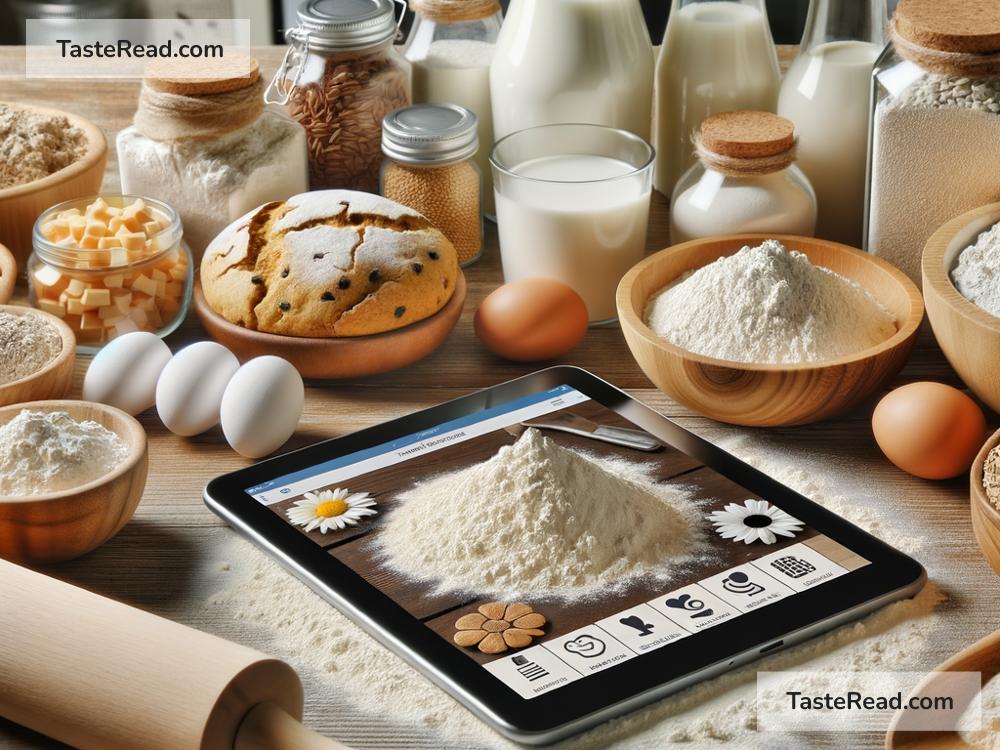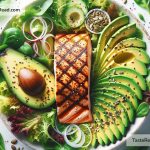Title: Mastering Gluten-Free Cooking: Transforming Traditional Recipes
Embracing a gluten-free lifestyle brings about many changes, especially in the kitchen. For many, the thought of giving up traditional family recipes or beloved dishes seems daunting, if not impossible. However, with a few simple adjustments, you can revamp almost any recipe to fit a gluten-free diet without sacrificing taste or texture. Here’s a handy guide to transforming your favorite traditional recipes into gluten-free delights.
Understanding Gluten-free Cooking
First thing’s first: understanding gluten. Gluten is a protein found in wheat, barley, and rye. It provides elasticity and fluffiness in baked goods, which is why finding substitutes can seem challenging. However, the market today is packed with gluten-free alternatives that can mimic the properties of gluten; it’s all about knowing which substitute works best for which recipe.
Step 1: Choose the Right Flour
The cornerstone of adapting any traditional recipe is finding the right gluten-free flour mix. There are several ready-made flour blends available that are designed to be cup-for-cup substitutes for wheat flour. These are fantastic for beginners. You can also make your own blend using rice flour, potato starch, and tapioca flour for a start. Experimenting is key to discover what works best for each type of recipe, whether you’re baking bread, thickening sauces, or making pancakes.
Step 2: Understand the Binders
Gluten’s main job in many recipes is to bind the ingredients together. In its absence, your dishes might crumble or fall apart. To combat this, incorporate binders such as xanthan gum or guar gum into your gluten-free flour mix. Eggs can also serve as excellent binders in cakes, muffins, and bread. For vegan recipes, consider using flaxseed meal or chia seeds mixed with water as a binding agent.
Step 3: Adjust the Moisture
Gluten-free flours often require more moisture than their gluten-containing counterparts. This can mean adding more liquid to your recipe or incorporating ingredients that can help retain moisture, like applesauce, mashed bananas, or yogurt. Play around with the levels of moisture to find the perfect balance. Keep notes on what works and what doesn’t for future reference.
Step 4: Rethink Texture and Taste
Adapting recipes might also require thinking ahead about texture and taste. Gluten-free baked goods can sometimes be denser than traditional ones. To lighten the texture, consider incorporating carbonated liquids like soda or seltzer water. As for taste, gluten-free flours have different flavors. Almond flour, for instance, adds a nutty taste suitable for some recipes but not others. Taste as you go and be open to adding extra spices, vanilla extract, or sweeteners to achieve a similar flavor profile to the original recipe.
Step 5: Practice Patience and Keep Experimenting
Perhaps the most important step is to approach gluten-free cooking with patience. The chances that you’ll nail a perfect gluten-free loaf of bread on your first try are slim. Each failure is a learning opportunity. Document your process, make adjustments, and don’t be afraid to try again. The more you experiment, the more you’ll understand how different gluten-free ingredients interact with one another.
Some Quick Swap Ideas to Get You Started:
- Pasta Dishes: Substitute traditional pasta with gluten-free alternatives made from corn, rice, or quinoa.
- Gravies and Sauces: Use cornstarch or arrowroot powder instead of flour as a thickening agent.
- Bread Crumbs: Opt for gluten-free breadcrumbs or crushed-up gluten-free crackers for toppings and coatings.
- Soups: Skip the barley and add gluten-free grains like rice or quinoa.
- Desserts: Almond flour and gluten-free oat flour can replace traditional flour in many dessert recipes.
Remember, the goal of adapting traditional recipes to be gluten-free is not to replicate the exact dish but to create a new version that’s equally satisfying. Celebrate the successes and learn from the dishes that didn’t turn out as expected. With time, patience, and creativity, you’ll master the art of gluten-free cooking, making your dietary restrictions an opportunity to explore new flavors and textures. Happy cooking!


